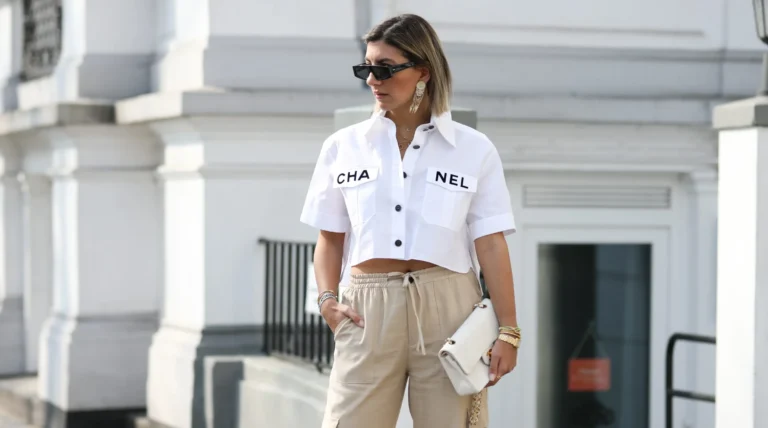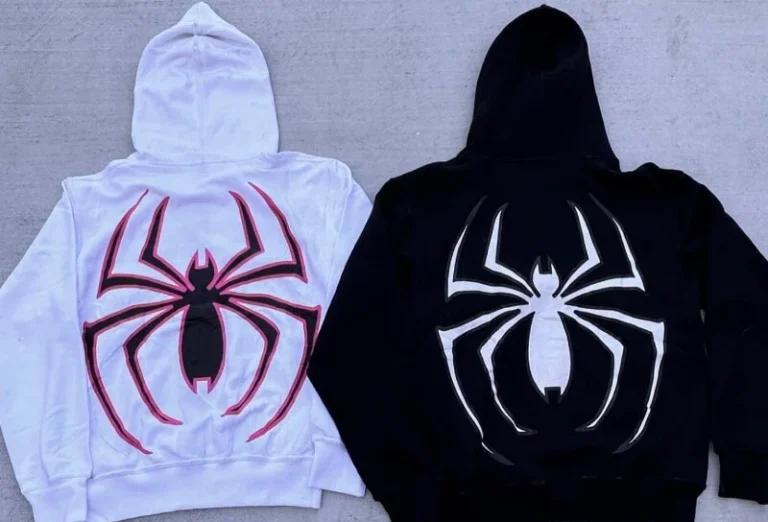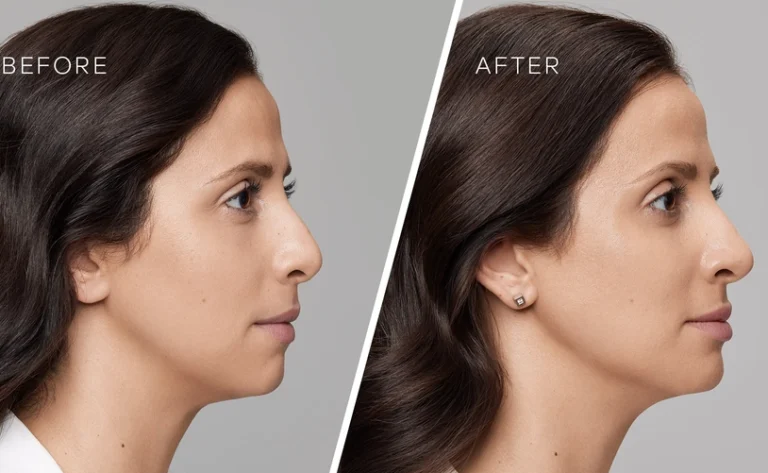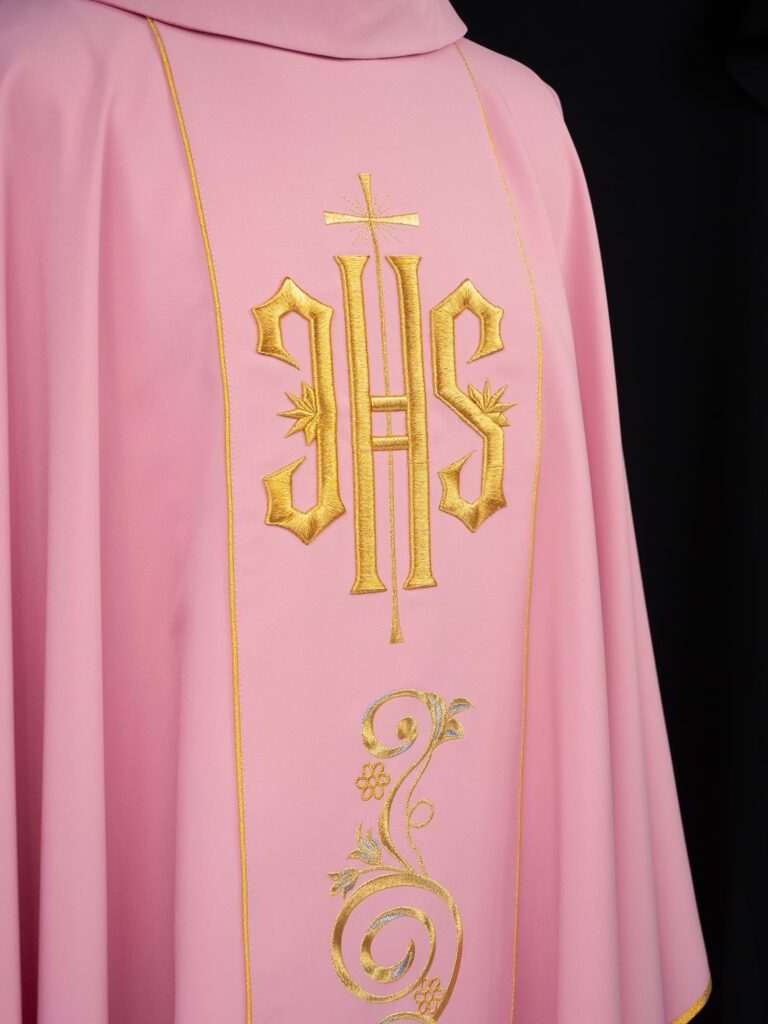Celebrating the Beauty of Curly Heads: Embracing Natural Hair
In a world where beauty standards have often been narrow and restrictive, embracing the natural beauty of curly heads has become a powerful movement towards inclusivity and self-expression. From tight coils to loose waves, curly hair comes in a diverse array of textures and patterns, each as unique as the individual who wears it. Let’s explore the beauty and significance of curly heads in today’s society.
The Diversity of Curly Hair
Curly hair is a testament to the incredible diversity found within the human experience. From tight coils to loose waves, curly hair comes in a myriad of textures, patterns, and hues, reflecting the rich tapestry of cultures and ethnicities that make up our world. Let’s delve into the beauty and significance of the diverse range of curly hair textures.
The Spectrum of Curl Patterns
One of the most remarkable aspects of curly hair is its wide spectrum of curl patterns. These patterns are often categorized using a hair typing system, with Type 2 representing wavy hair, Type 3 representing curly hair, and Type 4 representing coily or kinky hair. Within each type, there are further variations in texture, density, and curl size, resulting in a rich tapestry of curl patterns that are as unique as fingerprints.
Type 2: Wavy Hair
Type 2 hair is characterized by loose, flowing waves that cascade gently down the head. It can range from subtle S-shaped waves to more defined curls that form ringlets or spirals. Wavy hair tends to have a softer texture and may be more prone to frizz in humid conditions.
Type 3: Curly Hair
Type 3 hair features tighter, more defined curls that form distinct ringlets or coils. It can range from loose curls with a slight bounce to corkscrew curls that spring tightly against the scalp. Curly hair often has a medium texture and may require additional moisture and styling products to enhance its natural definition and bounce.
Type 4: Coily/Kinky Hair
Type 4 hair is characterized by tightly coiled or kinky curls that form intricate patterns close to the scalp. It can range from tight coils that shrink dramatically when dry to looser, elongated curls that cascade down the head. Coily hair tends to be the most fragile and prone to dryness, requiring careful maintenance and hydration to maintain its health and vibrancy.
Celebrating Diversity and Representation
The beauty of curly hair lies in its diversity and representation of different cultures, ethnicities, and backgrounds. Curly heads come in all shapes, sizes, and colors, each with its own unique story and heritage. Embracing and celebrating this diversity is not only a celebration of natural beauty but also a recognition of the richness and complexity of human identity.
Empowerment Through Representation
In recent years, there has been a growing movement towards greater representation and inclusivity in media, fashion, and beauty industries. More and more, we are seeing models, actors, and influencers proudly rocking their natural curls on runways, magazine covers, and social media platforms. This representation is empowering for individuals with curly hair, as it validates their unique beauty and challenges outdated beauty norms.
Challenges and Triumphs
While curly hair is undeniably beautiful, it can also present challenges for those who wear it. Managing and styling curly hair often requires patience, dedication, and a deep understanding of its unique needs. Many people with curly hair have struggled with issues such as dryness, frizz, and shrinkage, as well as societal pressure to conform to Eurocentric beauty standards.
However, the journey to embracing one’s natural curls can also be incredibly empowering and liberating. It’s about learning to love and celebrate the unique texture and beauty of curly hair, embracing its natural volume, bounce, and texture.
The Curly Hair Movement
The curly hair movement has emerged as a powerful force for change, empowerment, and self-expression in recent years. It is a celebration of natural beauty, diversity, and individuality, challenging conventional beauty standards and encouraging people of all backgrounds to embrace their curls with pride. Let’s explore the origins, significance, and impact of the curly hair movement.
Origins of the Curly Hair Movement
The curly hair movement can trace its roots back to the early 2000s when a growing number of individuals began rejecting chemical straightening treatments and embracing their natural curls. This shift was driven in part by the rise of social media platforms like YouTube and Instagram, which provided a platform for curly-haired individuals to share their stories, struggles, and triumphs with a global audience.
As the movement gained momentum, it sparked conversations about beauty, identity, and representation in mainstream media and beauty industries. More and more, curly-haired individuals began to demand greater visibility and inclusivity in advertising campaigns, fashion editorials, and product offerings, challenging outdated beauty norms and celebrating the diversity of curly hair textures.
Significance of the Curly Hair Movement
The curly hair movement holds immense significance for individuals with curly hair, particularly those who have historically been marginalized or underrepresented in media and society. It is a celebration of natural beauty and self-acceptance, encouraging people to embrace their curls as a unique and beautiful aspect of their identity.
Moreover, the curly hair movement has become a catalyst for broader conversations about diversity, representation, and inclusivity in beauty and fashion industries. By challenging traditional beauty standards and promoting a more inclusive definition of beauty, the movement has paved the way for greater acceptance and celebration of diverse hair textures, skin tones, and body types.
Impact of the Curly Hair Movement
The impact of the curly hair movement can be seen in various aspects of society, from media representation to product innovation to cultural attitudes towards natural hair. Today, more than ever, we are seeing curly-haired individuals represented in advertising campaigns, television shows, and movies. Reflecting the growing recognition and celebration of natural beauty.
Furthermore, the curly hair movement has inspired a wave of product innovation tailored specifically to the needs of curly hair textures. From moisturizing shampoos and conditioners to styling creams and gels. There is now a wide range of products available to help curly-haired individuals embrace and enhance their natural curls.
Embracing Natural Beauty and Self-Expression
At its core, the curly hair movement is about more than just hair. It’s about embracing natural beauty, self-acceptance, and self-expression. It’s about celebrating the unique texture and beauty of curly hair and rejecting the notion that straight hair is the only acceptable standard of beauty.
By embracing their curls, individuals are not only embracing their natural hair texture but also embracing their identity, heritage, and culture. It’s a powerful form of self-expression that empowers individuals to embrace their authenticity and celebrate what makes them unique.
Tips for Caring for Curly Hair
Caring for curly hair requires a different approach than caring for straight or wavy hair. Here are some tips for keeping curly heads healthy and vibrant:
Hydration: Curly hair tends to be drier than straight hair, so it’s important to keep it well-hydrated. Use moisturizing shampoos, conditioners, and styling products designed specifically for curly hair.
Gentle Handling: Avoid over-manipulating or brushing curly hair, as this can cause breakage and frizz. Instead, use a wide-tooth comb or your fingers to detangle gently while the hair is wet and conditioned.
Protective Styling: Consider protective hairstyles such as braids, twists, or buns to minimize damage and breakage. These styles can also help to preserve moisture and reduce frizz.
Regular Trims: Keep curly hair healthy and free from split ends by scheduling regular trims every few months. This will help to maintain the shape and integrity of the curls.
Embrace Your Curls: Above all, embrace and celebrate your natural curls! Experiment with different styles, textures, and products to find what works best for. You nd don’t be afraid to let your curls shine.
Conclusion
Curly heads are a celebration of diversity, individuality, and self-expression. By embracing and celebrating natural hair textures. We can challenge outdated beauty norms and create a more inclusive and accepting society. Whether your curls are tight and coiled or loose and flowing, they are a beautiful expression of who you are. So let your curls run wild and free, and wear them with pride!







